In April, Military Sealift Command transported 100 new and recently refurbished Black Hawk, Apache, Chinook and Kiowa Warrior helicopters from the U.S. East Coast to the Middle East - a move that doubled the number of U.S. military helicopters in Afghanistan.
MSC personnel and the captain and crew of the U.S. Maritime Administration's Ready Reserve Force roll-on/roll-off ship MV Cape Rise assumed active roles in the combined Navy, Air Force and Army operation. In addition to the helicopters, 250 pieces of aviation equipment were moved by ship from Charleston, S.C., to Rota, Spain, then by air to Afghanistan in approximately three weeks.
The arrival of the helicopters is expected to greatly improve the effectiveness and safety of U.S. combat operations in Afghanistan. For years, most of the U.S. aircraft sent to the country supported troops in the east, where, until recently, the United States operated its sole aviation brigade out of Bagram Air Field located at the International Security Assistance Force's Regional Command-East headquarters.
But these new and recently refurbished helicopters were destined for ISAF's regional command in southern Afghanistan, where an additional brigade began arriving April 1, following a February announcement that several thousand more U.S. troops would be deployed to the area this year.
The aircraft quadrupled the previous lift capabilities at Kandahar Air Field. The helicopters will support the Operation Enduring Freedom efforts of U.S. and NATO forces, including soldiers from the United Kingdom, Canada, Australia, Romania and the Netherlands.
A small aviation inventory - 20 helicopters - in Kandahar meant that soldiers in the south primarily traveled in ground vehicles. This increased the threat of roadside bombs.
"Acquiring more helos helps troops avoid land transportation and aids us in countering Improvised Explosive Devices, which are currently the biggest threat to soldiers in Afghanistan," said Army Lt. Col. Edwin Brouse, the deputy brigade commander of the Army's 82nd Combat Aviation Brigade. Brouse deployed to Kandahar from Fort Bragg, N.C., in late April with other members of his airborne unit to function as part of the new brigade's first combat unit.
But before the helicopters reached Kandahar Province, higher in altitude but physically similar to Iraq, the aircraft endured a long journey facilitated by many players.
"It was truly an all hands effort," said Tom D'Agostino, MSC's representative in Charleston since 1986, who helped to synchronize the numerous forces and organizations that worked together to execute the important operation. D'Agostino later received a Maritime Administration letter of appreciation for his support to the vessel.
Cape Rise's civilian ship master Capt. Gary Hill and his crew of nine civilian quickly switched into high gear when Cape Rise, ordinarily layberthed in Portsmouth, Va., was activated March 25.
Cape Rise is one of 50 RRF ships that offset the shortage of commercial U.S.-flagged ships that are able to transport large combat equipment. When activated, RRF ships come under the operational control of MSC and supplement the command's surge sealift fleet. With 20 additional mariners hired specifically for the voyage, the ship set sail for Charleston March 31, arriving the next day.
D'Agostino spent the next few days coordinating the loading of the helicopters and numerous other pieces of heavy equipment onto the ship, a role in which he is well practiced. In 2008, MSC loaded and delivered 8,351 pieces - 71,059 tons of cargo - from Charleston. Ninety percent of the cargo was destined for the Middle East and Afghanistan.
D'Agostino also functioned as a liaison between MSC, helicopter technicians contracted by the Army to load the cargo and members of the Army's 841st Transportation Battalion in Charleston tasked with load planning and documentation. When a cargo lift experienced some mechanical difficulties, D'Agostino coordinated a revised stow plan with the Army to allow the operation to continue with no delays while the elevator was being repaired.
"Helos require special care to ensure they are not jostled around," explained Hill, who has delivered the valuable cargo many times in his 30-year seafaring career. En route to Rota, Hill maneuvered the ship at a slow, safe speed and closely monitored the weather forecast to ensure that strong winds and other weather threats did not harm the helicopters.
Six noncommissioned officers from the 82nd CAB rode the ship to help protect and maintain the helicopters while in transit. Soldiers fulfilling roles in this capacity are subject-matter experts, proficient in helicopter logistics in this case, and are referred to as 'supercargo' while en route.
When Cape Rise docked in Rota April 14, the next operational team was ready to greet the mariners and supercargo, and immediately start on the next leg of the delivery.
Robert Foster, MSC's civilian shore representative since 2006, was among those preparing for the arrival of the ship at U.S. Naval Station Rota, located in the Spanish navy's Base Naval de Rota.
Foster, who is responsible for all of MSC's port operations in Rota and who supports operations in other European ports and Africa, explained that while a shipping destination located further east would be more appropriate for a delivery to Afghanistan, Rota was chosen as a sea-to-air transition point because it is the only naval base in the Middle East or Europe with a port and an airfield. This permits the transfer of cargo between ship and plane to occur within the base's gates.
"This convenience, however, does not make the helicopter operation an easy task," said Foster. Rota is not traditionally used for strategic sealift operations because the port is an operating navy base that lacks the lay-down space, an open area usually several acres wide required to hold the large cargo moved off ships. Unlike ports like Charleston or Ash Shuaybah, Kuwait, which conduct sealift operations daily, Rota has approximately six to 12 dry cargo operations a year.
Thus, Rota lacks some of the personnel essential to shoreside sealift-operational support. Because Rota is not a strategic hub, it also does not have a military unit stationed nearby. With the exception of a few Navy Seabees, there are no forces in the area. In order to properly execute each segment of the transport, groups with specific capabilities - including some from other European countries - reported to the base to help transfer the helicopters from ship to plane.
"When Rota does something like this, it's a big deal," said Foster, referring to the mass collaborative effort.
Two dozen Army contractors from the Theater Aviation Sustainment Manager-Europe Unit from the 21st Theater Support Command flew in from Germany to offload the helicopters from the ship and secure them in 'tractor tugs' - large, chain-linked yellow boxes that function as trains, moving cargo across the base.
Spanish nationals working for Rota's supply and warehouse carefully towed eight to 10 helicopters at a time along base roads to the airfield located 1.5 miles away.
The offloading operation took two and a half days, and involved more than 50 people who discharged the ship and brought the helicopters to the airfield.
Foster says the movement of helicopters across base is a spectacle. "It's like a parade - police escorts and stopped traffic lights included," he observed.
When the helicopters reached the airfield, they were received once more by members of Theater Aviation Sustainment Manager-Europe, headquartered in Mannheim, Germany. TASM-E spent more than two days providing field, sustainment and limited aviation maintenance to both aircraft and aviation ground-support equipment, in addition to loading the helicopters onto the Air Force-operated aircraft designated to fly them into theater.
The Air Force's 725th Air Mobility Squadron set off for Afghanistan April 17. Each of the approximately 50 aircraft carried two or three helicopters, and two or three members from the 82nd Airborne tasked to Rota to accompany the aircraft into theater.
The aircraft arrived in Kandahar in late April, where the helicopters immediately began supporting military movement and activity.
Brouse expressed his gratitude for the comprehensive effort by recognizing how each body supports in-theater activity.
"This is a joint environment where we rely completely on each other to sustain until we get into the fight."
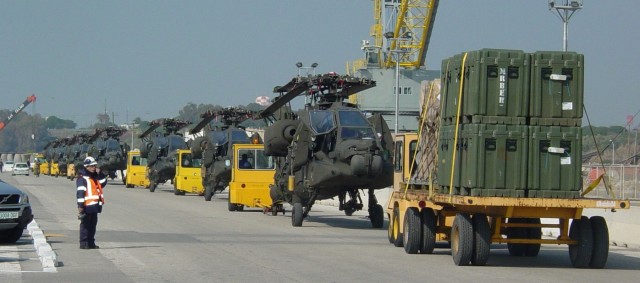
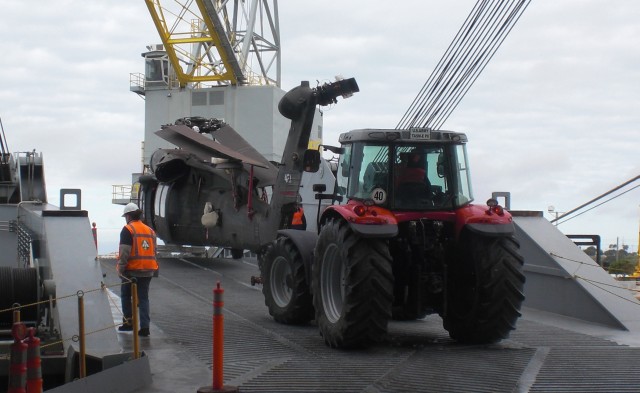
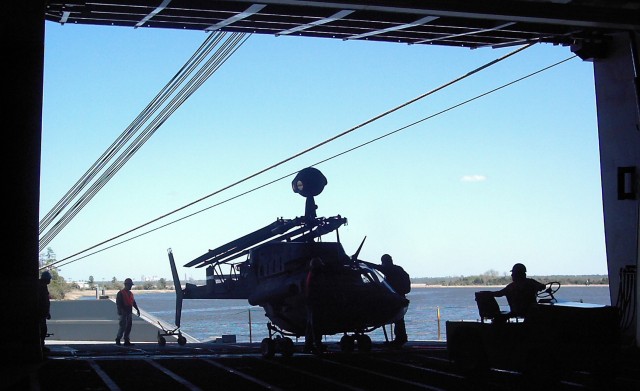
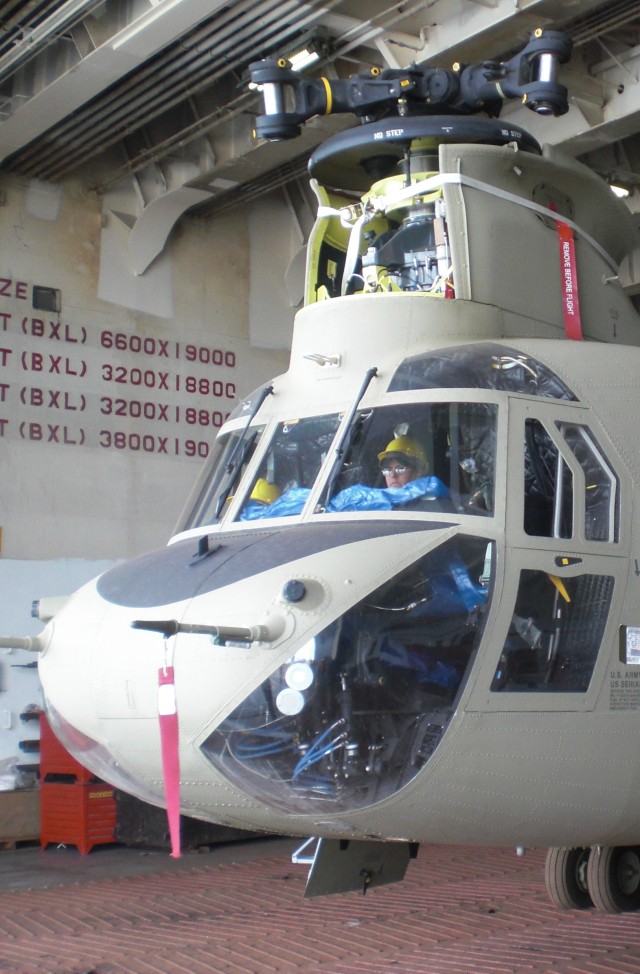
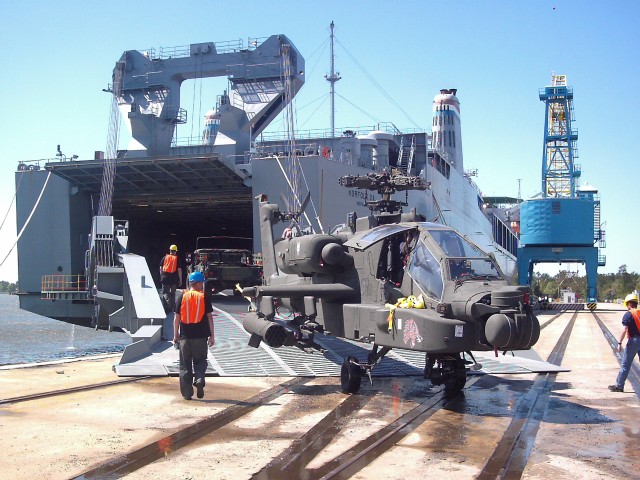
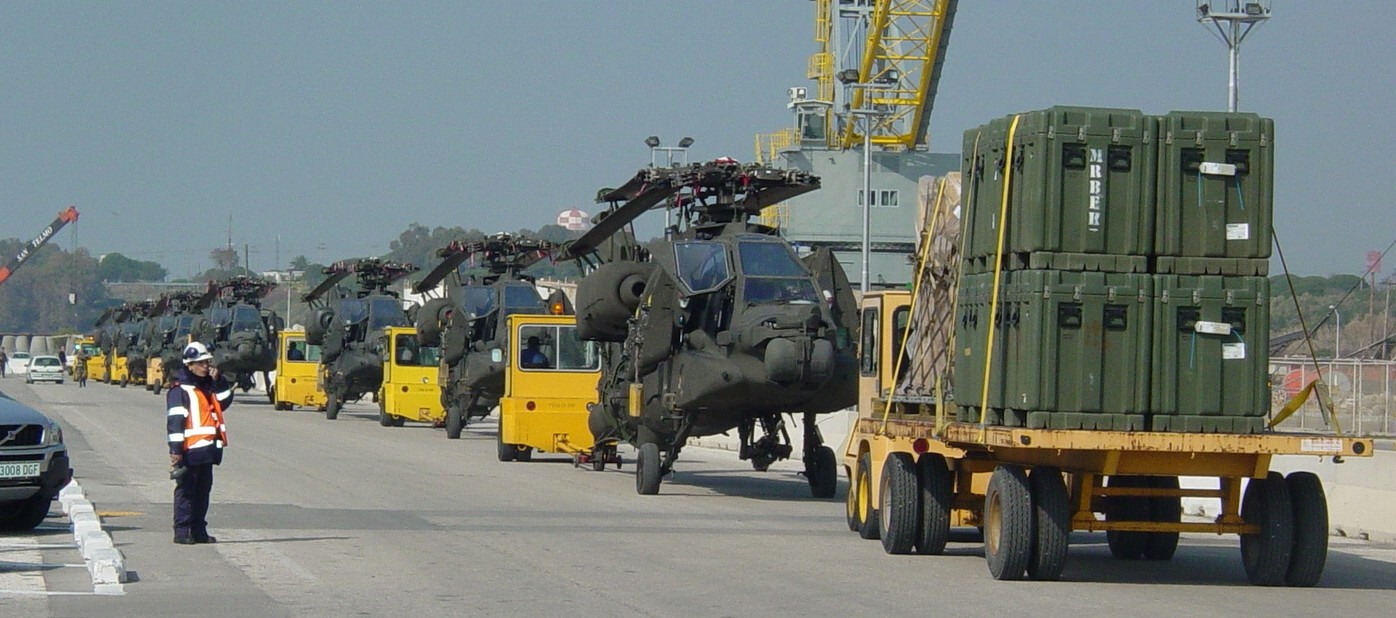
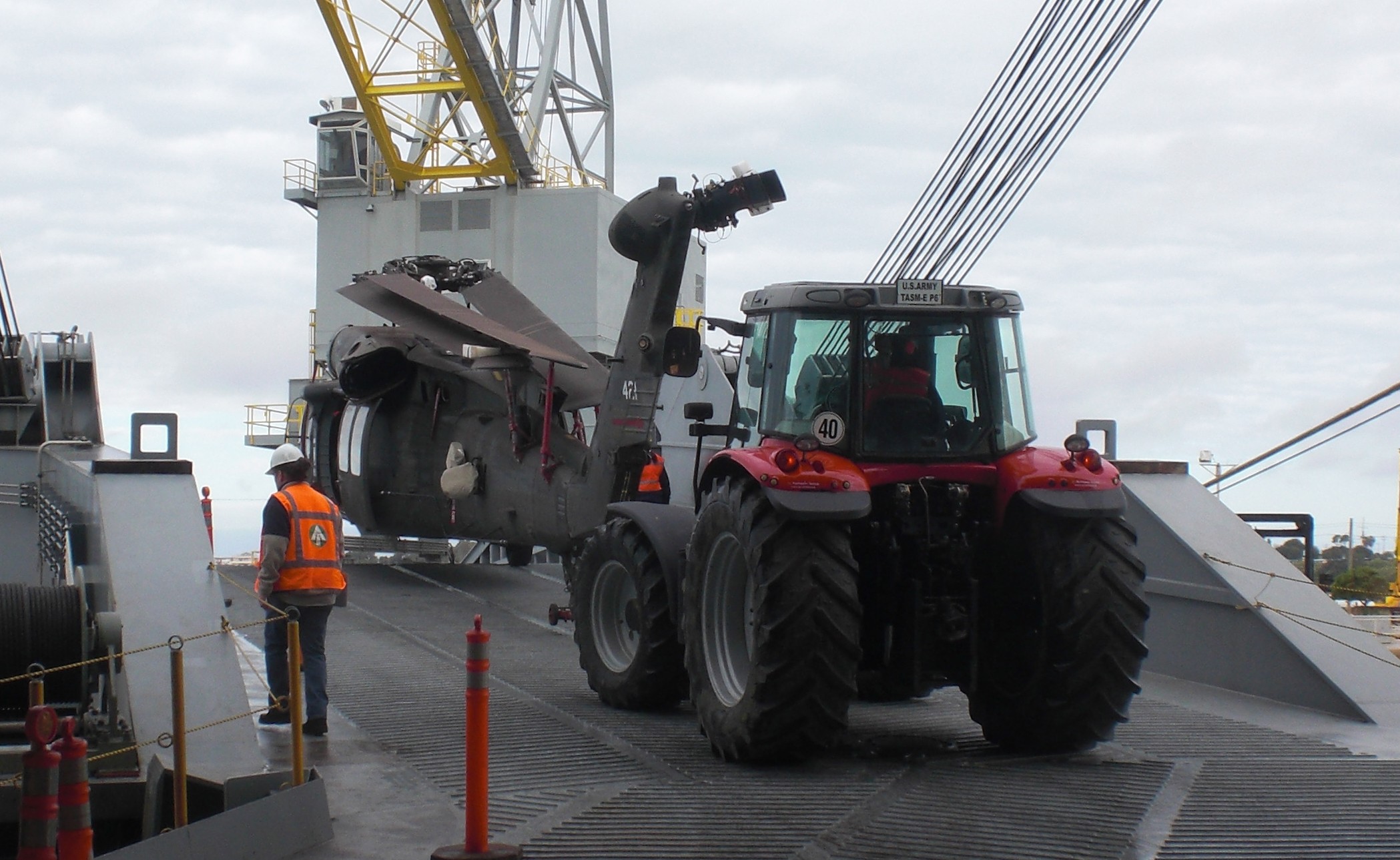
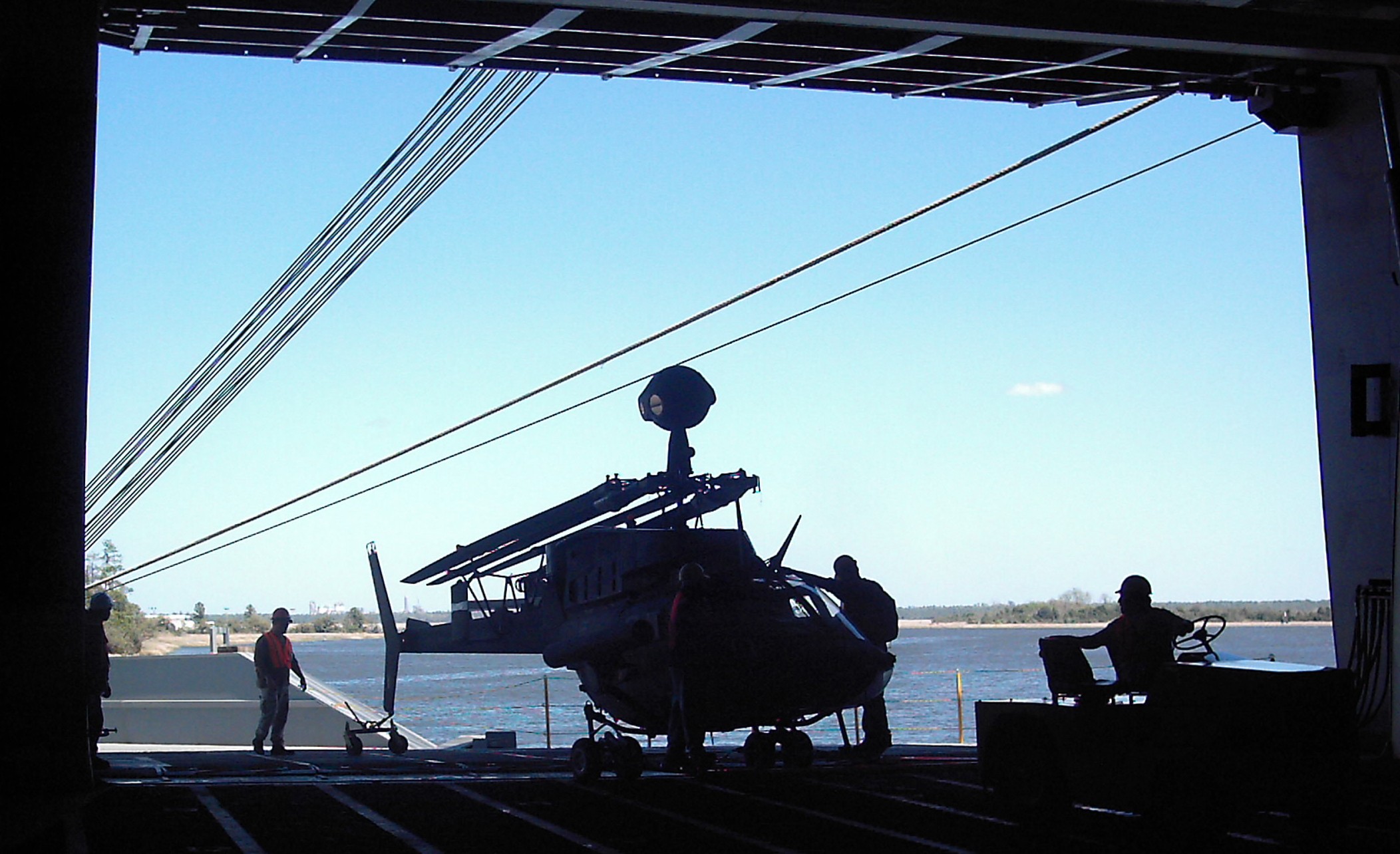
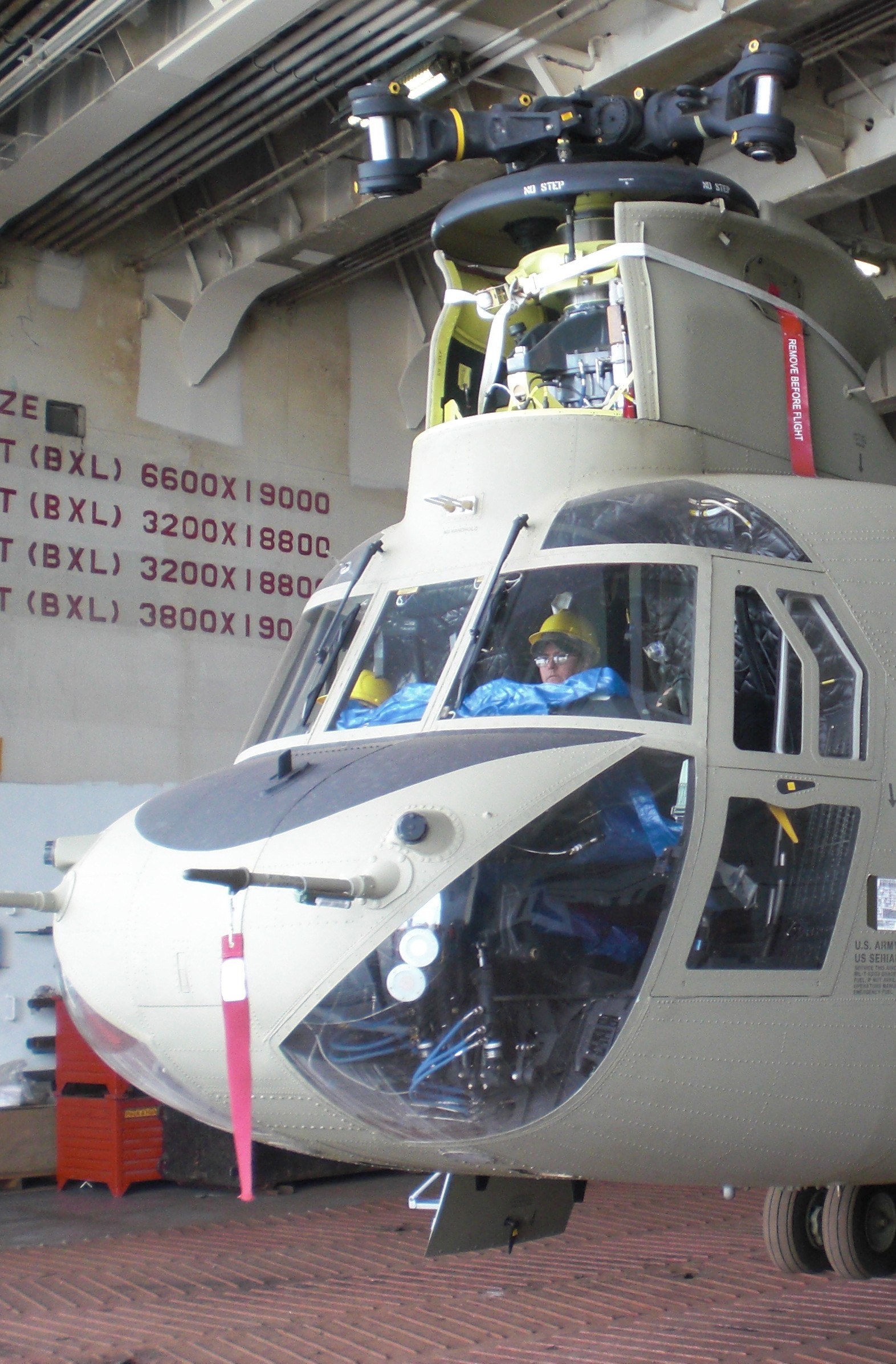

Social Sharing